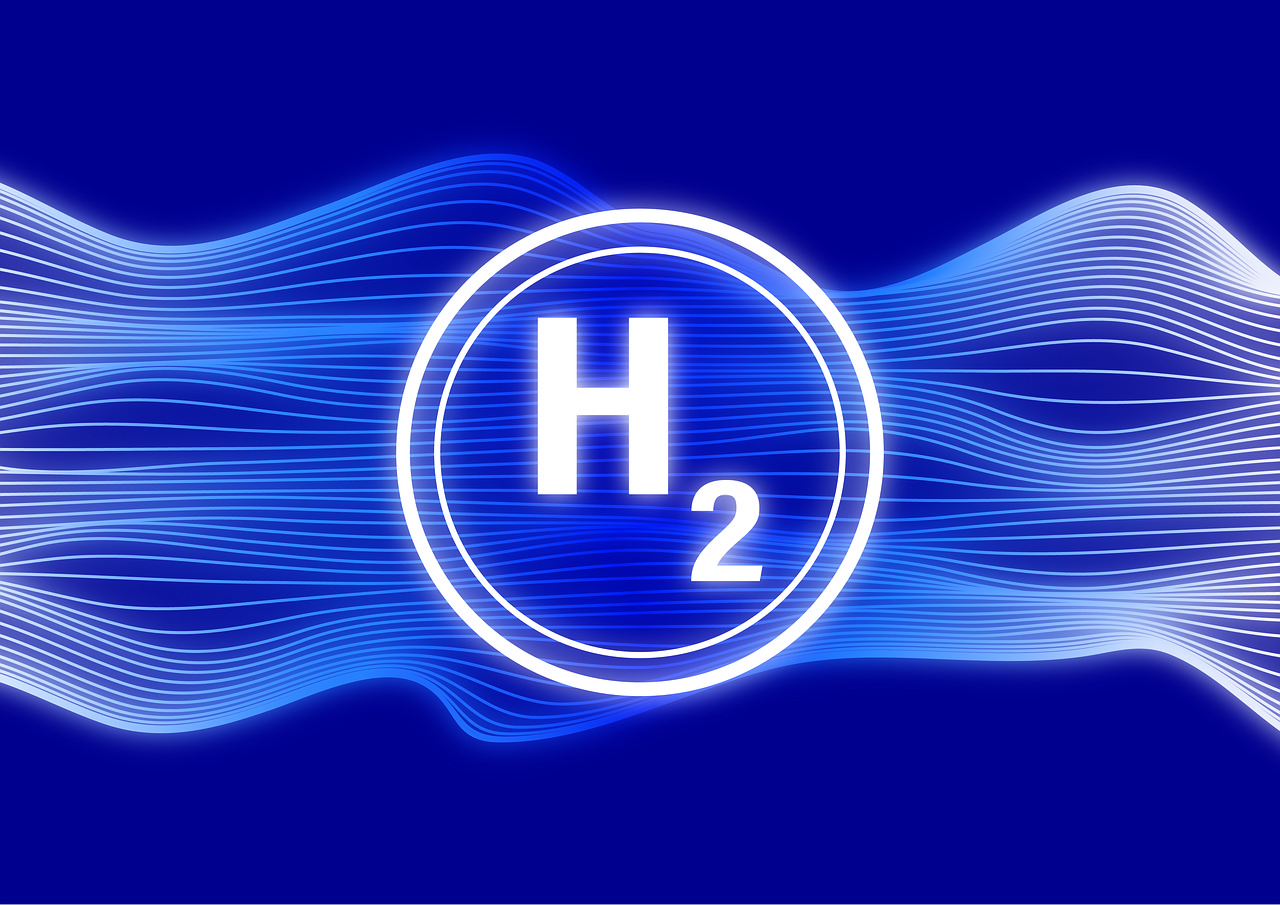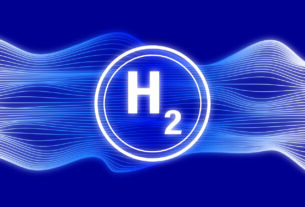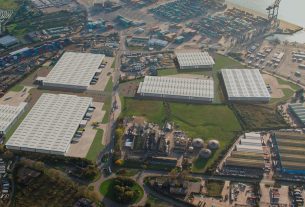Norway – DNV’s Hydrogen Forecast to 2050 predicts that hydrogen will make up only 0.5 percent of the energy mix in 2030 and 5% in 2050.
However, to meet the Paris Agreement’s targets, hydrogen uptake would have to triple by 2050 to meet 15% of total energy demand.
According to the Hydrogen Forecast to 2050, by the middle of the century, electricity-based green hydrogen – produced by splitting hydrogen from water using electrolysers – will be the dominant form of production, accounting for 72 percent of output. To power an electrolyser with a capacity of 3,100 gigawatts, a surplus of renewable energy will be required. This is more than twice the current total installed solar and wind generation capacity.
In the short term, blue hydrogen (produced from natural gas with emissions captured) will play a larger role (around 30% of total production in 2030), but its competitiveness will dwindle as renewable energy capacity grows and prices fall.
According to DNV’s estimates, the global cost of producing hydrogen for energy purposes will be USD 6.8 trillion by 2050, with an additional USD 180 billion spent on hydrogen pipelines and USD 530 billion spent on building and operating ammonia terminals.
Due to cost considerations, more than half of the world’s hydrogen pipelines will be repurposed from natural gas pipelines, as the cost of repurposing pipelines is expected to be only 10-35 percent of the cost of new construction. Pipelines will transport hydrogen over short and medium distances within and between countries, but not across continents. The high cost of liquefying hydrogen for ship transport and the low energy density of hydrogen will also limit global hydrogen trade. Ammonia, a hydrogen derivative that is more stable and can be transported more easily by ship, will be traded globally.
Hydrogen policy impact
Hard-to-abate, high-heat manufacturing processes like iron and steel production, which currently use coal and natural gas, will lead the early adoption of hydrogen. Hydrogen derivatives like ammonia and methanol are critical for decarbonizing heavy transport like shipping and aviation, but according to DNV’s forecasts, these fuels won’t scale until the 2030s.
Hydrogen will not be used in passenger vehicles and will only be used in small amounts in power generation. Although hydrogen for building heating will not scale globally, it will see early adoption in some areas with extensive gas infrastructure.
The uptake of hydrogen will differ significantly by region, and policy will have a significant impact. Europe is a forerunner, with hydrogen expected to account for 11% of total energy consumption by 2050, thanks to enabling policies that kickstart hydrogen production while also stimulating end-use. OECD Pacific (hydrogen 8% of energy mix in 2050) and North America (7%), on the other hand, have supply-side strategies, targets, and funding, but lower carbon prices and less concrete targets and policies. Greater China (6%), meanwhile, has recently provided more clarity on funding and hydrogen prospects for 2035, as well as a national emissions trading scheme that is expanding. By 2050, these four regions will account for two-thirds of global hydrogen demand for energy.




